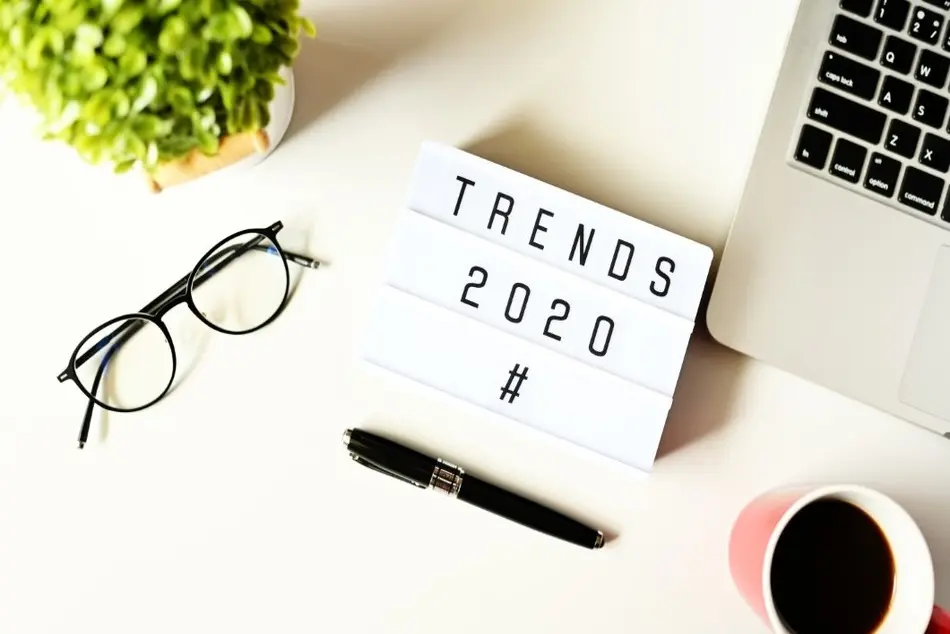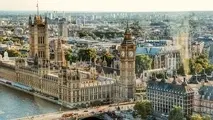TOP 3 TRAVEL AND TOURISM TRENDS FOR 2020
As the new year begins, there are many who venture into the art of predicting what the future holds for the tourism industry. The following are the most important travel and tourism trends for 2020. To start, we looked at the behavior of travelers when planning their trips. This trait has been the first to change, so nowadays travelers search, book and plan their holidays in a whole different way than how they used to, forcing the whole industry to adapt. Surely, sights on new technologies should not be missed as well as sustainability. In fact, the union of both is one of the great challenges that those involved in the industry have set themselves to overcome. With all this in mind, these are the three travel and tourism trends for 2020.

As the new year begins, there are many who venture into the art of predicting what the future holds for the tourism industry. The following are the most important travel and tourism trends for 2020. To start, we looked at the behavior of travelers when planning their trips. This trait has been the first to change, so nowadays travelers search, book and plan their holidays in a whole different way than how they used to, forcing the whole industry to adapt. Surely, sights on new technologies should not be missed as well as sustainability. In fact, the union of both is one of the great challenges that those involved in the industry have set themselves to overcome. With all this in mind, these are the three travel and tourism trends for 2020.
Next Travel Destination? Instagram Gives the Cue

It is not exactly a fresh trend, but it will continue to gain strength and become more noticeable, especially in Gen Z and Millennials. They are the ones who at the time of choosing a destination, value if it is Instagrammable or not. Photos are no longer just of emotional value, they also make travel destinations more attractive to other users. Travelers posting pictures of their holiday advertise the tourist destination. A recent survey by Intercontinental revealed that more than 77 percent of the respondents want to take selfies in front of the world's most famous sights. Instagram serves as a tool to get inspired and decide what place to visit, which hotels to stay at, and in which restaurants to eat.
Not Sticking to Flights

We all are increasingly aware of the burden of our carbon footprint, known as one of the great threats of tourism to the environment. Something is changing in the industry since a large number of tour operators have decided to join forces to offer train tickets as a more sustainable alternative to cover short distances, thus leaving air travel only for certain routes. Many travel companies on the other hand by the carbon offsets but is it enough? For instance, JetBlue announced that it will purchase carbon offsets for all U.S. domestic flights starting in July to curtail fossil fuel emissions, a decision that experts both applauded and criticized as an answer for reducing greenhouse gas emissions. The company will offset its carbon dioxide emissions by funding projects that include forest conservation, landfill gas capture, and renewable energy. Critics point out that purchasing offsets mean that airlines can continue to emit greenhouse gasses while putting money into programs that halt future emissions. The effect is thus zero. As a whole, the aviation industry is trying to cut its emissions in half by 2050 compared with 2005 levels.
Face Recognition Instead of Passports

If you are one of those who hate traveling loaded with papers, documents and other forms of identification, you will be happy to know that more and more airports and other stations are using facial recognition technology for check-ins and boarding. For example, Germany’s Interior Minister Horst Seehofer plans to use automatic facial recognition at 134 railway stations and 14 airports in the country. The opposing parties, however, warn that the currently available technology remains underdeveloped and could lead to misidentifications. A seven-year-long project testing facial recognition in San Diego recently stopped with no results whatsoever. Similarly, the National Institute of Standards and Technology in the U.S. reported on their study revealing that the face recognition accuracy varies by gender and race. While such information is not encouraging, experts point out that as technology develops, even facial recognition may have its place in the tourism industry as well.



